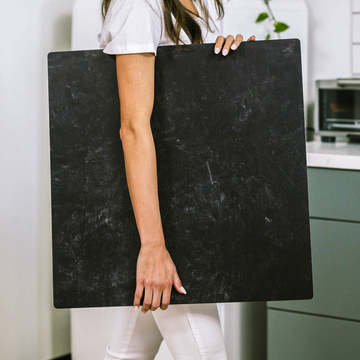Ever feel like your product photos are an afterthought-something you scramble to update before a launch or new listing? If so, you’re not alone. Most small business owners juggle product shots between making, packing, and selling. Yet, in a world where shoppers make snap judgments based on imagery, a solid photography game can be your not-so-secret weapon.
What if you stopped treating product photography as a creative side quest and started running it like any other core business function? That simple shift might just be the difference between blending in and building a recognizable, trustworthy brand. Let’s walk through the approach that turns product photography into a repeatable business process-minus the overwhelm.
Step 1: Treat Photography as Essential, Not Extra
Big companies rely on agencies or in-house pros to make their products look irresistible. But for most small businesses, it’s all on you. Leaving photos to chance can quickly lead to inconsistent branding and lost trust.
Consistent, quality imagery is just as vital as inventory, customer service, or shipping. By making your photo workflow a regular part of your business routine, you make it easier to stay ahead-and less of a last-minute scramble.
Step 2: Create Your Micro Studio Workflow
Your photography doesn’t need to rival Vogue’s, but it should be repeatable and recognizable. Here’s how to systematize your shoots and get studio-level consistency at home:
- Standardize your setup: Invest in trustworthy surfaces and lighting that deliver the same look every time. Platforms like Replica Surfaces are designed for consistency. Keep notes or take a reference shot of your best setup, capturing everything from light placement to camera settings.
- Build a shot list template: Identify the key images you need for every new product-a straightforward list like main, side, close-up, styled flatlay, and a shot “in use.” Adjust the list as your branding grows or seasons change.
- Batch your shoots: Set consistent blocks of time for photography and editing. Shooting multiple products in one session saves valuable setup time and keeps your lighting and mood consistent across all your images.
Step 3: Calibrate Like a Pro (Even If You Aren’t One)
Here’s a finishing touch neglected by most home-based businesses: color calibration. Commercial studios always calibrate to safeguard accurate color, yet you hardly ever hear about this in DIY circles.
- Start every session with a calibration shot: Place a gray card or a color reference in the first photo for each lighting arrangement.
- Edit using your reference: In your chosen editing software, use that first shot to set a neutral white balance and accurate exposure. Then save those adjustments as presets for consistency.
- Apply every time: Repeat this workflow for every new product batch to ensure that your blues stay blue and your whites always look fresh-not yellow or dull.
Step 4: Measure Your Visual Consistency
What gets tracked, improves. That applies to your product photos too.
- Create a simple checklist: Is the background even? Are products well-lit and true-to-color? Are cropping and angles consistent across your listings?
- Review monthly: Look back at your recent shoots, score yourself, and note areas to upgrade. With time, you’ll catch small issues before they become big mismatches in your shop’s visual feel.
Build Your Everyday Advantage
Most tutorials teach camera settings or editing tricks, but few talk about building a studio-quality process that’s practical for real business owners. When you treat photography as a core business system-using consistent tools, calibration, templates, and self-reviews-you get more than good photos. You create a visual brand that customers remember and trust.
You don’t need a full studio or a professional team. You need the right repeatable system-a true micro studio that clicks into your business workflow. Try documenting your next setup, grabbing a calibration card, and building your shot list. You’ll quickly see how much smoother (and more professional) your product photos can be.
Want actionable templates or further calibration tips? Leave a comment, and let’s level up your photography for everyday business success.



